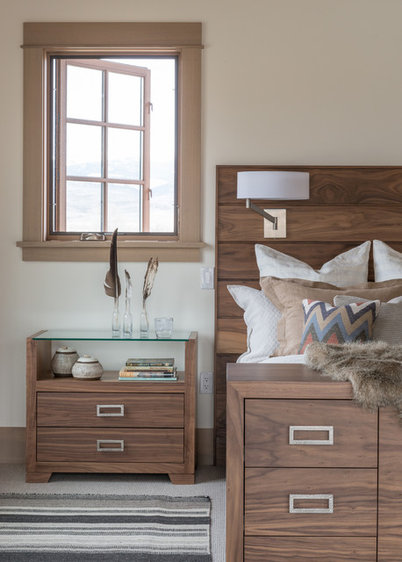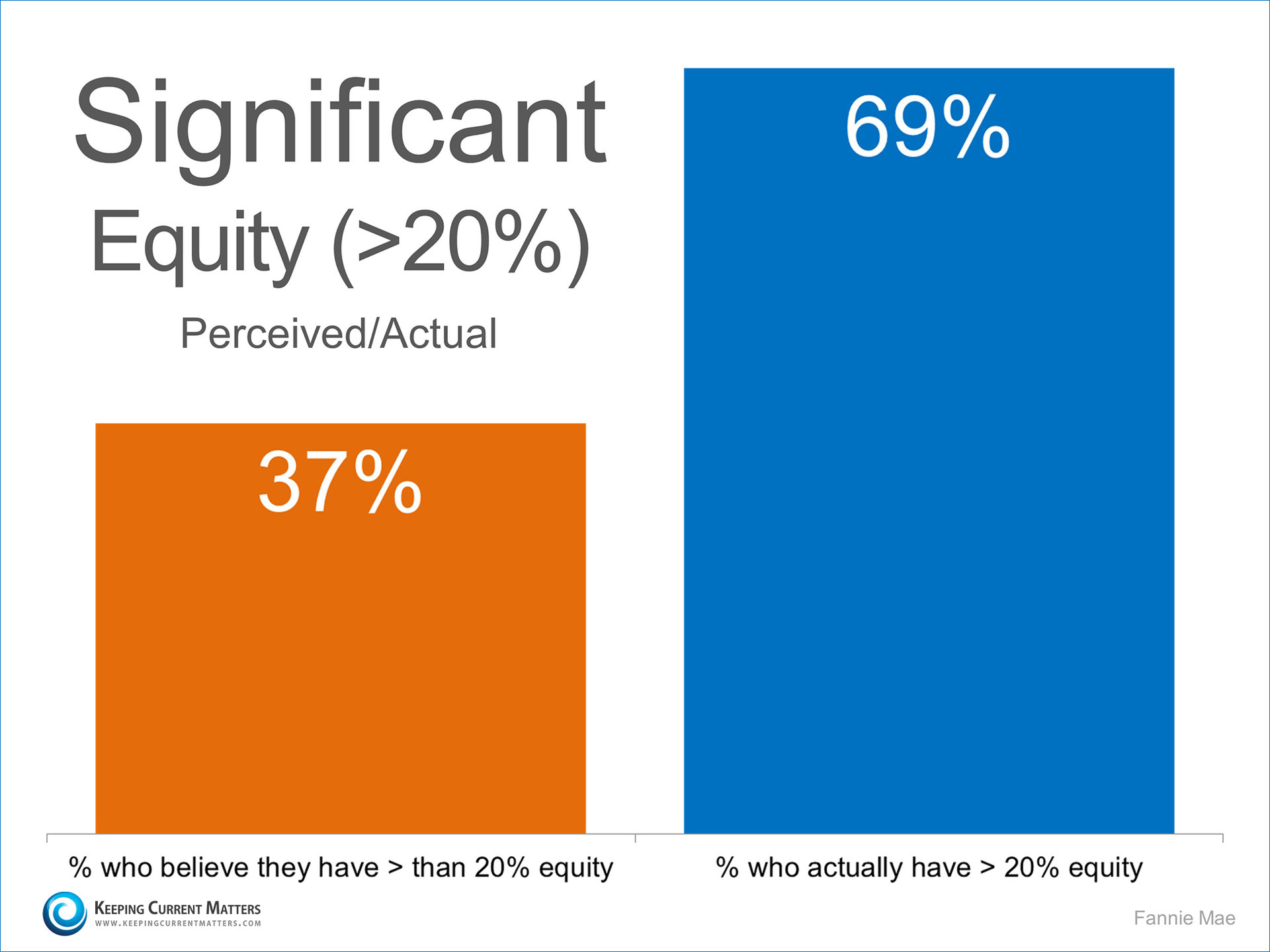
Imagine coming home from a hard day at work, stepping into the bathroom, and feeling all of your worries fade away as you soak in the tub or stand under a warm stream from a waterfall showerhead. The right décor and design can make taking a bath or getting ready for your day in your bathroom feel like stepping into your very own, private day spa. Sounds pretty good, right?
Here are a few wonderful tricks for giving yourself a mini-vacation every time you step into your bathroom.
1. Choose a relaxing shade of paint.
Think about the shades of paint you see when you go to a day spa. They’re almost always neutral, unsaturated colors that help you feel relaxed. I prefer grays and rich browns for bathrooms, but a cool, cucumber green is also a nice choice. Whatever shade you choose, go with a washed-out, subtle version instead of a really bright and stimulating tone.
2. Decorate with scents.
Next, scent is a huge part of the relaxing experience when you go to the spa. A candle, some dried lavender in a sachet, or a few drops of your favorite essential oil mixed with Epsom salts in a warm bath can transport you to a completely different place in your mind every time you set foot in your bathroom.
3. Have soft lighting.
If you’re remodeling your bathroom, get rid of any harsh fluorescent lights and replace them with warmer, softer lights. You’ll still want to get enough light to do makeup and check your outfit when you get ready to go in the morning, so install brighter lights over the mirror. But make sure that they operate on a separate switch from your other lights so that you can maintain a soothing atmosphere when you shower or soak in the tub.
If you’re not remodeling or changing out light fixtures, you can get a similar effect by placing a few candles around your bathroom to give it a warm and calming atmosphere with all of the lights turned off. You can also experiment with different shades for your light fixtures to help cut the harshness of the light.
4. Upgrade your fixtures.
If your fixtures are a little bit out-of-date, you have a choice. You can upgrade them, which can mean going with a better showerhead (which I definitely recommend). Or, if you’re happy with how your fixtures work but they don’t quite look right, you can improve their looks with a little bit of spray paint. Choose a complementary textured paint to give your bathroom fixtures a whole new look and feel.
5. Coordinate your linens and toiletries.
If you really want to give yourself a home-spa experience, you’ll want to wrap yourself in luxury whenever you step out of the tub, and you’ll want to have a coherent and cohesive look to the room, too. Go ahead and invest in towels, washcloths, and a bath mat that are soft and fluffy and that match the color you’ve chosen for your walls. Upgrade your shower curtain to complement these and add a few matching or complementary toiletries.
You’ll have a room that looks, feels, and smells absolutely amazing every time you enter it.
 In a recent study conducted by Builder.com, researchers determined that nationwide it would take“nearly eight years” for a first-time buyer to save enough for a down payment on their dream home.
In a recent study conducted by Builder.com, researchers determined that nationwide it would take“nearly eight years” for a first-time buyer to save enough for a down payment on their dream home.




 Staging a home for sale is all about inspiring your buyer, and their senses are the avenue by which you connect with them. French novelist
Staging a home for sale is all about inspiring your buyer, and their senses are the avenue by which you connect with them. French novelist 


![Buying A Home Can Be Scary... Until You Know the FACTS! [INFOGRAPHIC] | Keeping Current Matters](http://www.keepingcurrentmatters.com/wp-content/uploads/2015/10/Mythbusters-KCM.jpg)
 As the days become shorter and the light fades, we naturally want to hunker down indoors with cozy throws, hot drinks and good friends. And while shopping for new goodies to reflect the season can be fun, you don’t need to spend big to bring the look and feel of the turning seasons into your home.
As the days become shorter and the light fades, we naturally want to hunker down indoors with cozy throws, hot drinks and good friends. And while shopping for new goodies to reflect the season can be fun, you don’t need to spend big to bring the look and feel of the turning seasons into your home. ![Where Will Home Prices Be Next Year? [INFOGRAPHIC] | Keeping Current Matters](http://www.keepingcurrentmatters.com/wp-content/uploads/2015/10/Home-Prices.jpg)
![New Home Sales Surge By 5.7%! [INFOGRAPHIC] | Keeping Current Matters](http://www.keepingcurrentmatters.com/wp-content/uploads/2015/10/New-Construction-KCM.jpg)
 CoreLogic recently released their
CoreLogic recently released their 
![How Quickly Are Homes Selling In Your State? [INFOGRAPHIC] | Keeping Current Matters](http://www.keepingcurrentmatters.com/wp-content/uploads/2015/09/20151002-Days-on-the-Market.jpg)